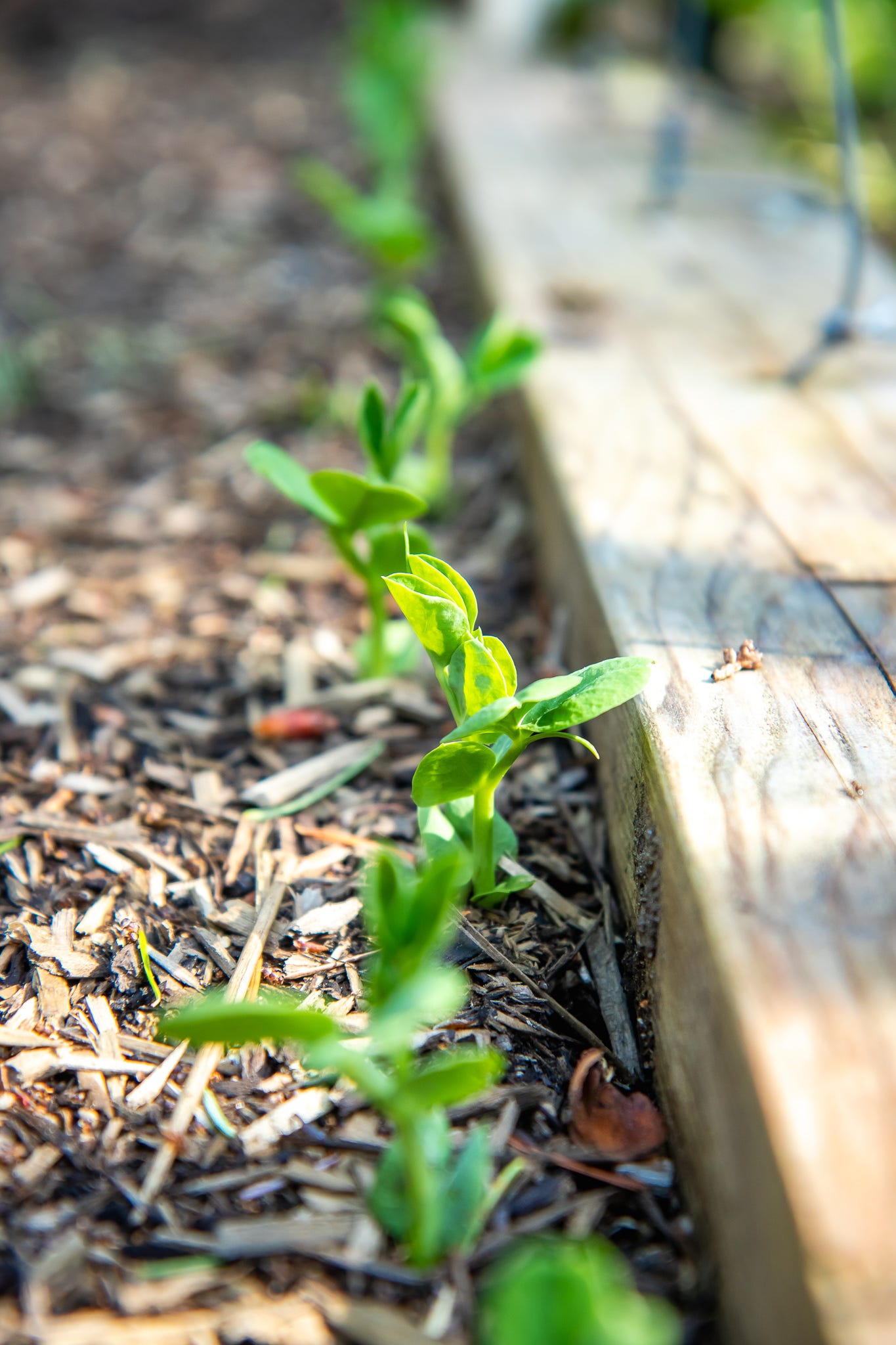Walking outside these past few days I’ve seen nothing but signs that spring is ready to come at us full force. Because of this I’m being pulled to make drastic decisions, like shedding the winter jacket in favor of something a touch lighter, almost unheard of as I am chronically cold and will wear a beanie and long johns straight into summer. While my personal response to the weather has been unique for this season, one thing that is still certain is the potential for it all to change on a dime. As I write this a hailstorm literally just blew through to spoil what was otherwise a mostly sunny day.
Here in the Puget Sound, the last frost date (let’s shorten it to LFD) has yet to arrive and if you're sitting there trying to plan your first, maybe even your third garden figuring out the LFD can be a major headache. It’s one of those pieces of garden information that requires interpretation, you know, because nothing about gardening can be straight forward. There is no one exact answer for anything! Sorry if you hadn’t picked up on that yet.
Nonetheless, knowing your LFD is pretty important because it indicates where the starting line is for planting out all of our sensitive summer crops like tomatoes, squash, beans, and cucumbers. Not only that, but some crops need to be sown up to four weeks before the LFD because they prefer sprouting in the cooler temperatures.
When looking up the LFD for your area, you can end up with multiple different answers:
Farmers Almanac says (for the Tacoma, WA area) that our last frost date is March 17th (4 days from now?! You think your tomatoes will be happy outside 4 days from now?).
Garden.org says there is only a 30% chance that the last 32-degree day will be on March 20th. But a 90% chance that April 4th will be the last frost. Though this site recommends not planting anything out until temps get above 36 degrees since frosts can still occur when temps are only slightly above freezing. So, any date after April 27th would be the ideal time to plant out tender crops.
Plantmaps.com has a more specific interactive map breaking down all areas of the state. South Puget Sound alone has 6 different time frames within which the last frost date can occur. The largest section covering most of the Puget Sound lowlands gives April 11th to the 20th for the potential last frost, but the smallest section around the greater Seattle area shows March 11th-20th (again, you think your tomatoes and squash are ready to be outside yet?).
As you can see, even from reputable websites, there are some conflicting reports about when the LFD actually occurs. Gardening books probably have similar discrepancies across titles.
To make things easy, my simple recommendation for the LFD conundrum is to play it safe and go with the latest date you can find for your area. Then as you begin to understand your microclimate better you can make adjustments in future seasons.
For me going with the latest LFD in my old garden made the most sense because it was in the middle of the woods and the soil took a lot longer to warm up. If I had followed the earliest LFD, I would have directly sown my peas sometime in February when my garden barely got a wink of direct sun during the day. The seeds would have either ended up rotting in the ground because of too much cold and wet OR waited to sprout until seasonal temps were appropriate (which would be around mid-April anyways).
For a garden in the city that gets full (8+ hours) sun exposure the strategy will be different. They can probably go with an earlier LFD. Whereas a garden with the same sun exposure located in the mountains would go with a much later date because it’s at a higher elevation.
If waiting for the LFD feels like torture, you can always get a head start by sowing seeds and planting out tender cool-season crops under a row cover. Or defy the elements altogether with a cold frame or greenhouse!





Kamryn please could you contact me (you have my mobile) about how bad my garden still is thank you Sarah